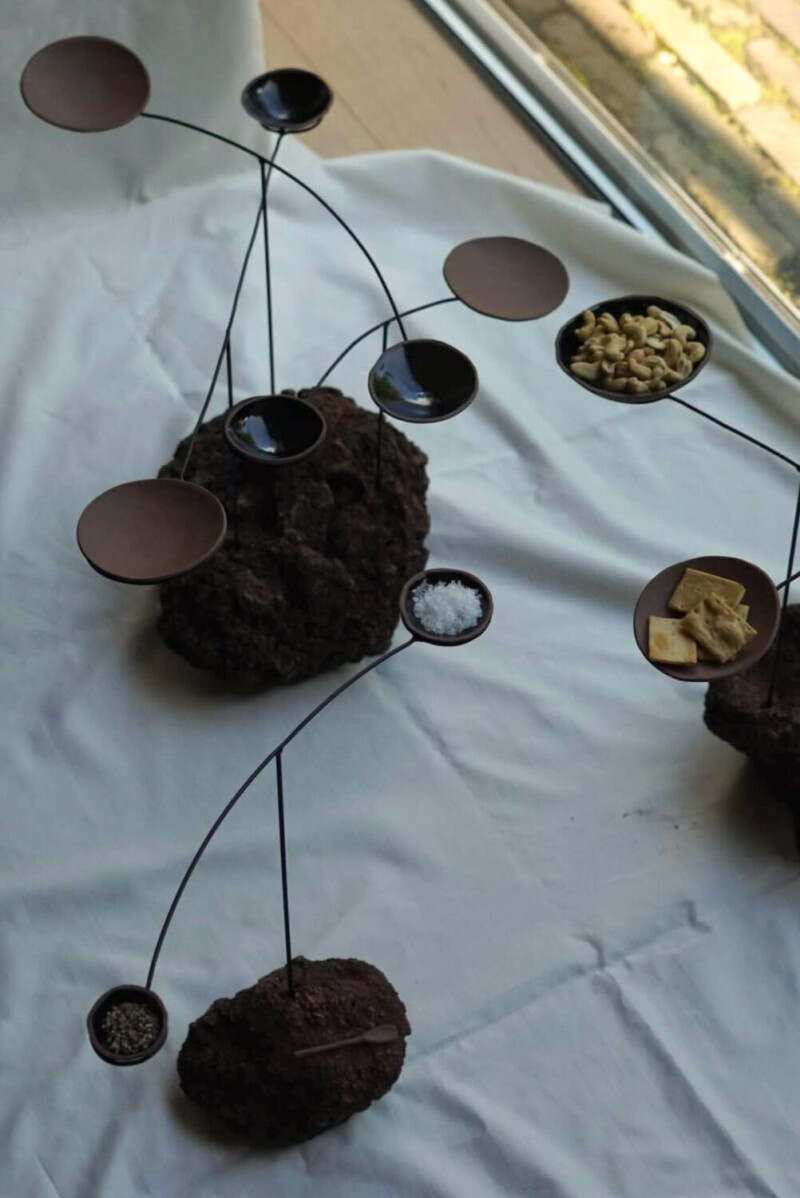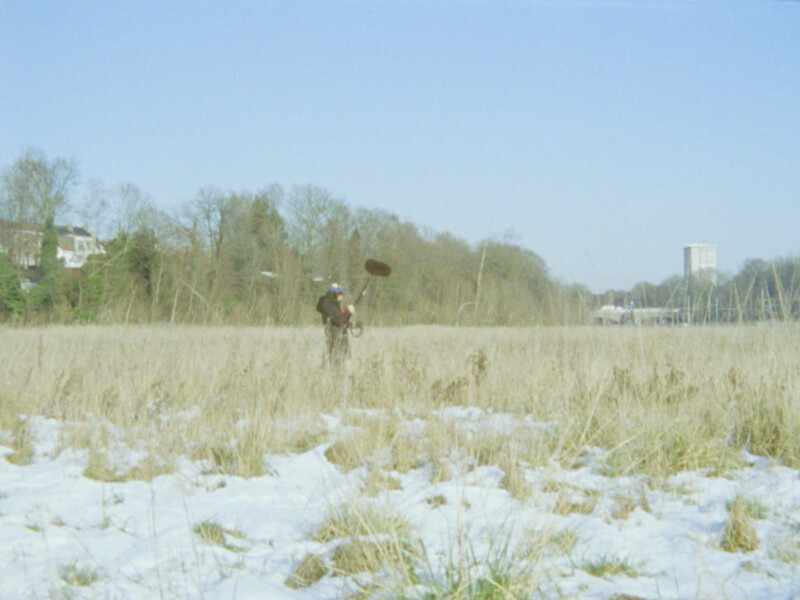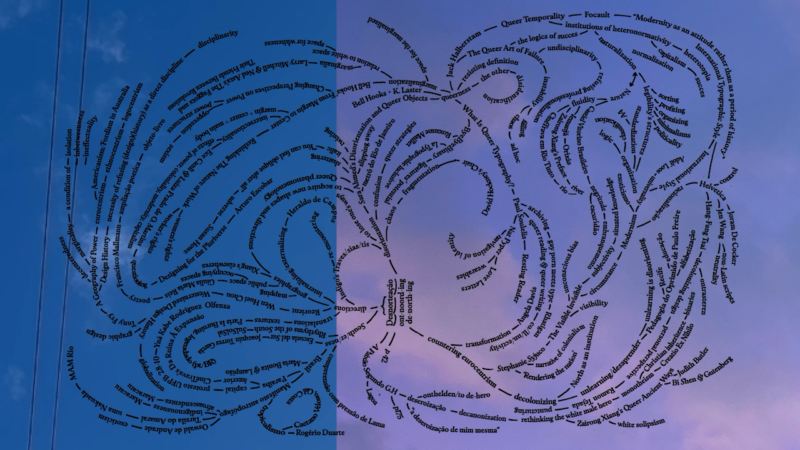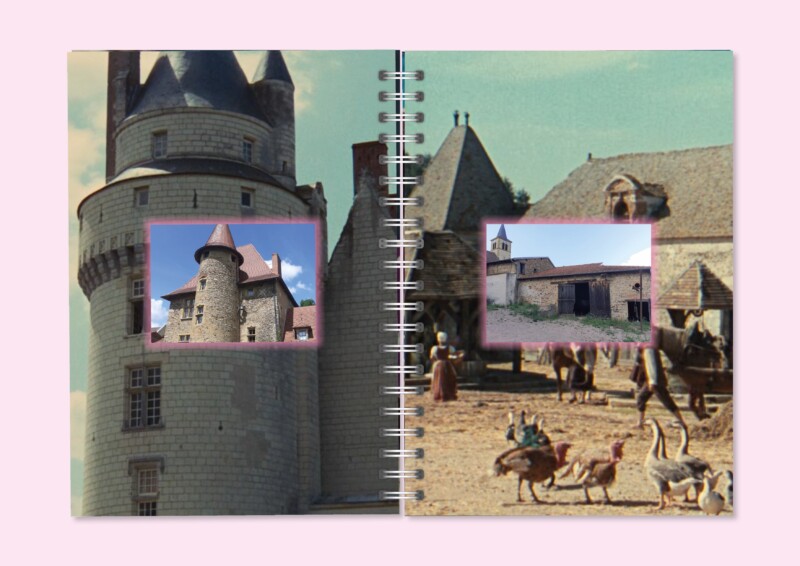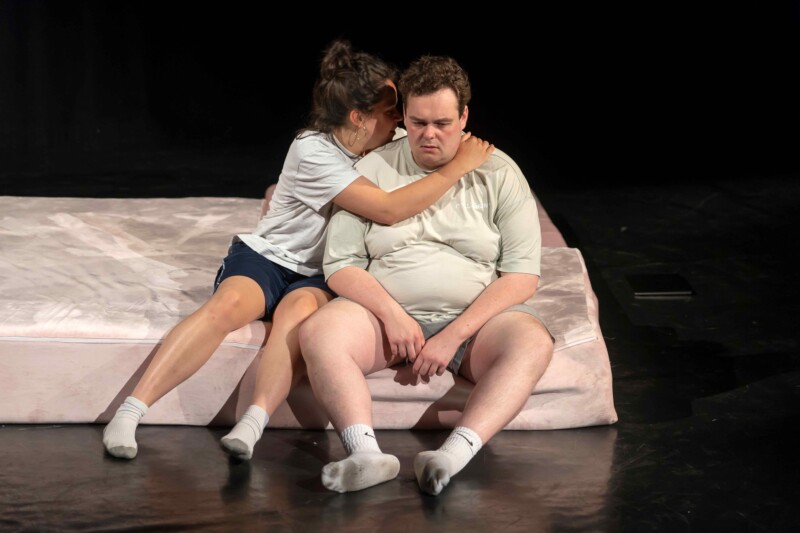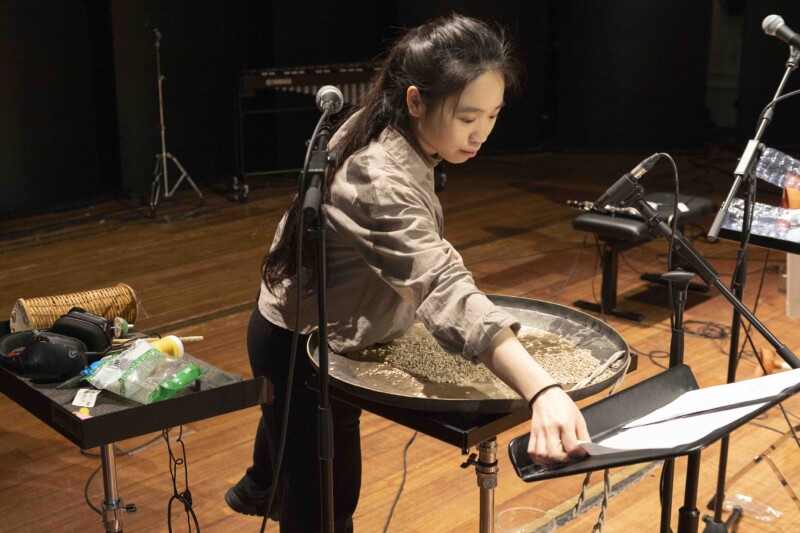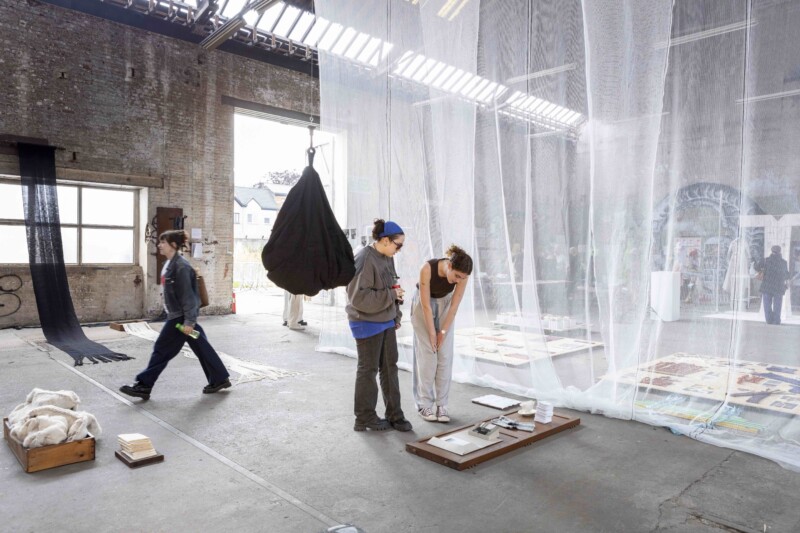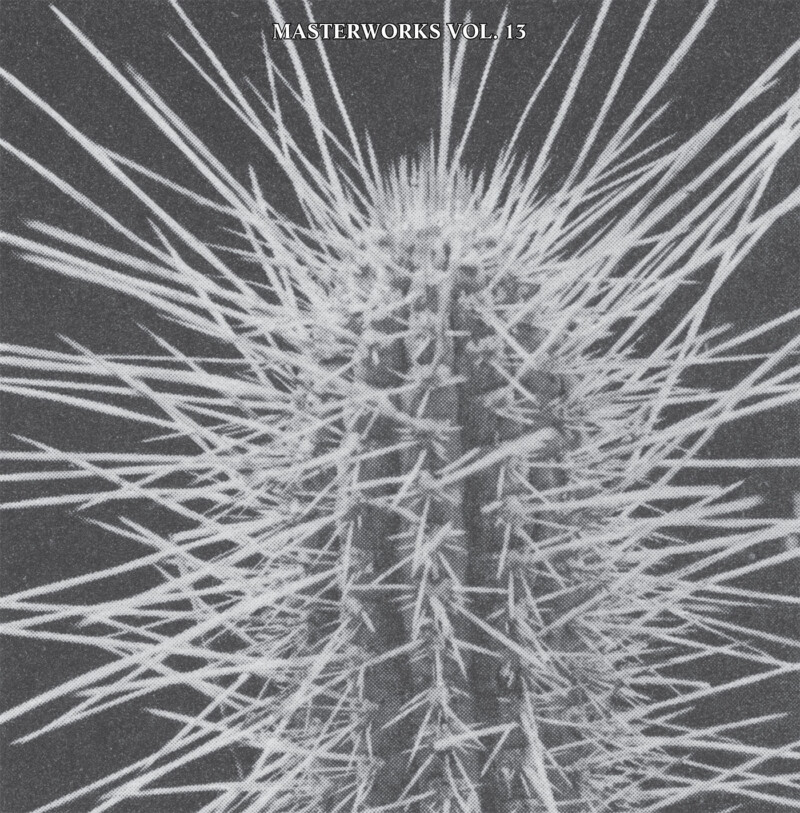José Brandão
Sanctuary
Like many composers, he began with conventional works, concert pieces that, while performed, rarely gave him complete satisfaction. He wrote his first serious composition for wind orchestra, Eclipse da Auto Degradação, during his bachelor studies in Porto. Although the piece made it to the finals of a local competition, José was told that it lacked personality; according to his lecturer, any composer could have written it. This criticism affected him deeply, but marked a turning point in his artistic development and motivated him to seek his own musical voice.
This led to the creation of a chamber orchestral piece with solo accordion entitled Uma Última Reflexão. The piece followed a structure in which sound systematically alternated with silence, creating an almost mantra-like atmosphere. The piece not only earned José first prize in a composition competition, but also brought him closer to his artistic goal. The ritual nature of the piece, which evoked memories of the Catholic rituals of his youth, struck a deep personal chord.Yet after his bachelor degree, José was still unsure about a career as a composer. He decided to take a gap year and travel around the world, which eventually brought him, on the recommendation of a friend, to Ghent. This year of reflection and the performance of his piece Insurrection at Carnegie Hall, composed during his sabbatical, confirmed that he had to fully commit to music.
During his master’s studies in Ghent, José focused on the role of gestures and rituals in music, a challenge
that required great courage and perseverance. A pivotal moment in this quest was a seminar on echolocation
combined with a nocturnal performance. This experience gave him the final push he needed to further develop his artistic vision. This led to the creation of Sanctuary, a work he considers his best to date and the first he was fully satisfied with.
With Sanctuary, which he completed as his master’s thesis, José aimed to do something radically different.
His fascination with rituals and the way people participate in them became the central theme of the composition. The participation of the audience in the ritual often brings initial discomfort, but when executed well, it can lead to catharsis, relaxation, and even ecstasy. This is the feeling José wanted to convey to his audience with Sanctuary.
The concept of Sanctuary revolves around celebrating the night, how it brings people together, inspires celebrations and other encounters, and sparks deeper, philosophical thoughts. The piece consists of three parts: the first begins in the evening light, the second part sees the sun set, and the third brings the night. Everything, from the performance time and setting to the location and execution itself, contributes to the overall experience.
Sanctuary is much more than a traditional concert piece; it is an experience. At the heart of Sanctuary is the Ritual Master (RM), who stands with the musicians around an altar. The RM begins with a strike on the tubular bells and recites a poem written by José about the comfort the night provides. Meanwhile, the strings and woodwinds begin with a simple F minor chord that slowly and microtonally shifts.
After the poem, the woodwinds, along with volunteers from the audience, guide the spectators to the entrance of the church. Here, mats surrounded by candles are laid out, with pieces of aluminum foil and wind chimes on them. A dripping machine is filled by the woodwinds, after which the audience takes over this task. The strings stop playing, leaving only the soft sound of dripping water. The RM lights a candle, followed by the woodwinds and the audience, who also light candles.
When all the candles are burning, the RM steps into the circle of candles, sits down, and begins to crumple
aluminum foil. The woodwinds follow suit, and slowly the audience becomes accustomed to being part of the piece. The RM then stands up, takes a wind chime and a candle, and begins to hum a long, random tone. The woodwinds and the audience follow her example as she walks to the altar and places her candle on it. The humming transitions into vocalizing, followed by a crescendo. The tubular bells are struck again, the strings begin playing once more, and the singing continues. After three strikes, the RM extinguishes one candle after another, followed by a decrescendo.
One by one, the strings stop playing and join the audience. When all the candles are out and only a soft humming remains, the RM also joins the audience. She thanks them and wishes them a good
night, while only the soft sound of wind chimes lingers.
Sanctuary is an experience that must be lived. José succeeds in making the audience an actual part of the composition, and it is an impressive work that pushes and expands the boundaries of conventional music. A composer to definitely keep an eye on!
Tekst: Jeroen De Brauwer, composer, author, musician



















